This past weekend, after the New Years celebration, I ventured to Cape Disappointment State Park in SW Washington to photograph the king tides forecasted for the weekend. I have visited this area several times and always come away awed by the power of the surf and dramatic scenery at this location. This time, there was a confluence of events that looked like it could be an epic time at the coast. The inland valleys were just coming out of a deep cold snap, the coastal mountains were snow covered, there were flood warnings for the coast and then a high wind warning along to coast to go along with the last king tides of the season.
King tides are the highest tides of a season and they are naturally occurring events that are predictable. The king tides occur at new and full moon when the Earth, Moon and Sun are aligned at perigee and perihelion, resulting in the largest tidal range seen over the course of a year. So, tides are enhanced when the Earth is closest to the Sun around January 2 of each year. They are reduced when it is furthest from the Sun, around July 2. So it was on January 2nd that I woke up early and headed West towards the coast. Thankfully Cape Disappointment is not a long drive, a little under 2 hours normally. However, I had to cover icy roads and full on winter driving conditions over the coast range to make it to the more temperate zone of the Oregon Coast. A quick trip through Astoria and across the Astoria-Megler bridge delivered me to Washington and a short drive to Cape Disappointment State Park. I arrived at 8am and already there were about a dozen people at this popular location, waiting for the highest tides to occur. The best place to photograph in the park is at Waikiki Beach, which has a small parking lot and no facilities. During more fair weather, this parking lot quickly fills up with photographers and sightseers looking for that classic wave explosion photograph. What causes these incredible explosions is the fact that there is a headwall that the waves crash in to, then as the water recedes, it creates a “back wave” that then collides with the next incoming wave. When the conditions are right, you can witness explosions of water 50′ tall or more, twisting in to fantastic shapes.
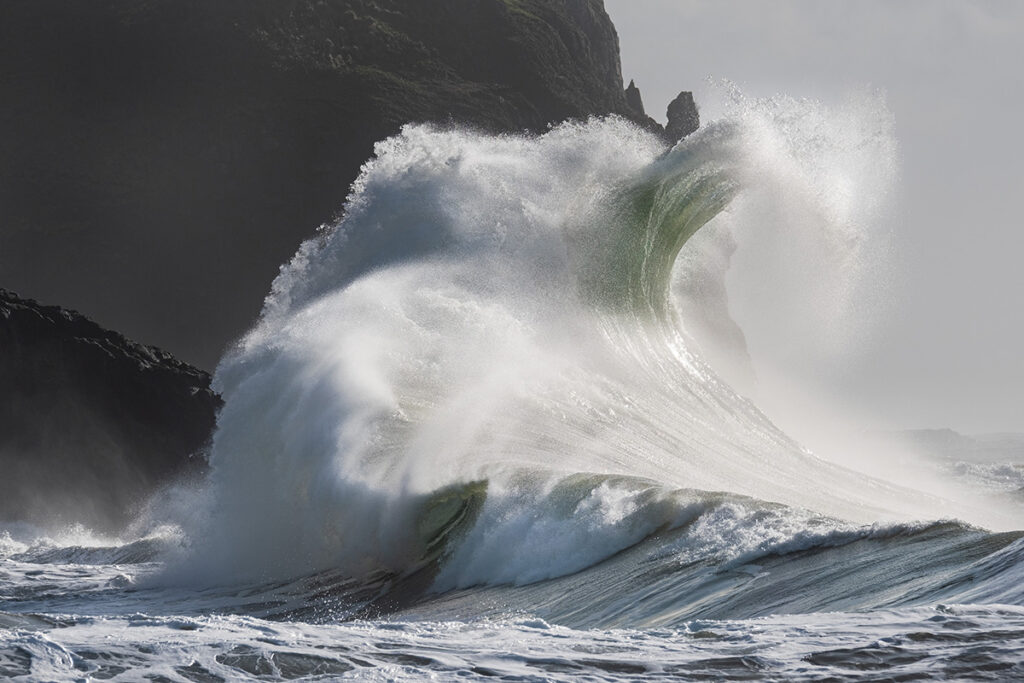
Taken in January 2021 at Cape Disappointment
When I got out of the car, the air temperature was about 38 degrees! And making matters more interesting, the winds were blowing 15-25mph with gusts well over 30mph! It was a bit cold to say the least. Then on top of that, after about 5 minutes, it started raining. Now for those of you who’ve never been in a coastal storm, when I say it was raining, I mean it was RAINING..coming down in buckets. And by down, it wasn’t really coming straight down…it was coming in sideways thanks to the wind. Any exposed flesh was quickly exfoliated by the wind driven rain! As I set up my camera and began observing the waves and water, one thing became clear…that the wind was so strong it was disrupting the surface flow and doing strange things to the waves as they came ashore. I was not seeing any of the big collisions that I had been hoping for and expecting given the large tidal surge.
I quickly had to reset my expectations and realign my creative energy to capturing other scenes here with the water motion, waves and lighthouse. All while getting soaked by the cold rain! Thankfully I felt some creative spark with the way the waves crashed against the headwall and how the spray was carried by the wind. It wasn’t as captivating as I wanted it to be, but it gave me enough energy to tolerate the conditions.
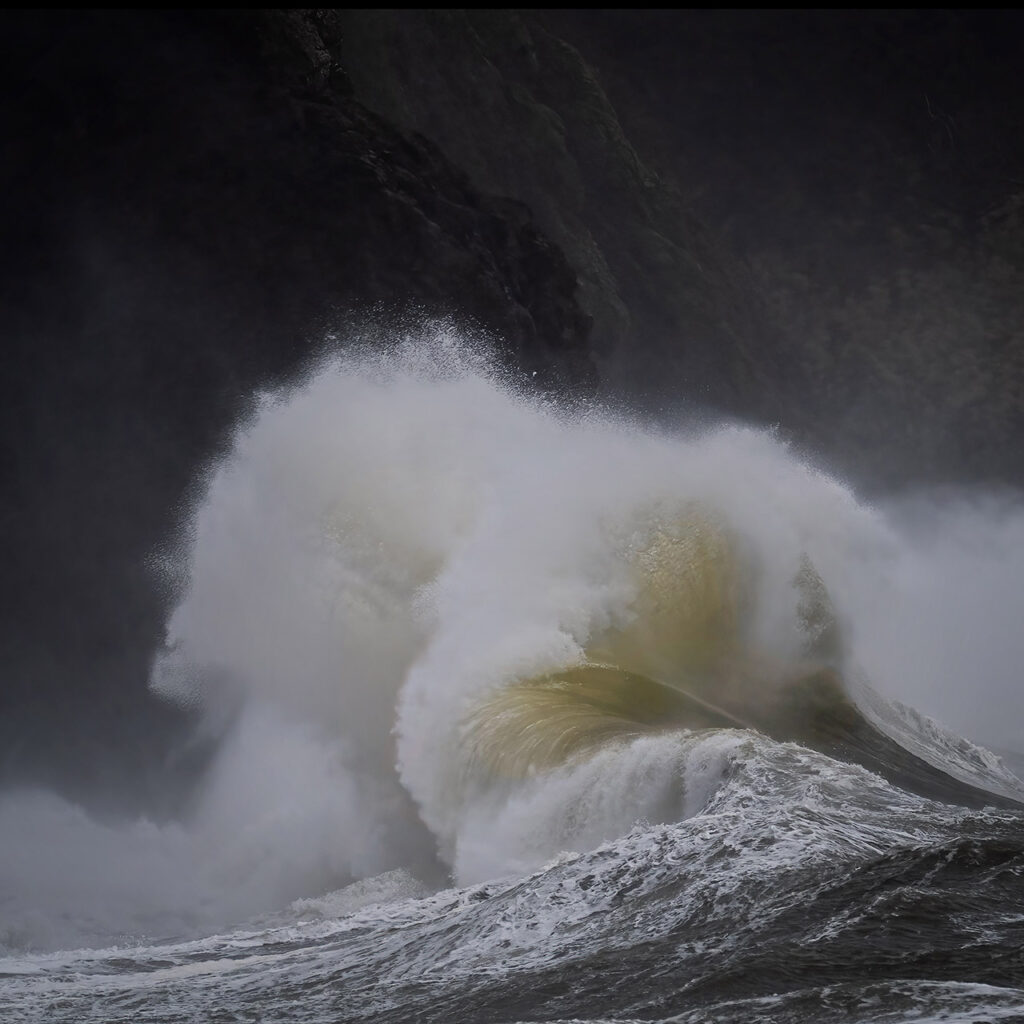
As the morning wore on, the king tides came in and the water level rose appreciably, with waves crashing over the driftwood in front of my photo location. I managed to take a few breaks during the morning to get out of the wind and warm up my fingers enough so they could operate the camera. Along with still images, I also spent some time shooting some video footage on the X-T3 to use in this short YouTube video.
One of the things about photographing the ocean that I practice every single time is spending time observing the water. If you put aside your camera and just watch the motion and behavior, you can start to pick up a pattern and certain areas of the water that may produce more interesting shapes and patterns. Just “being” with the ocean is cathartic for me as well as beneficial for me to find those hidden gems in an area.
High tide peaked close to noon on this day, but by 11:30am, I knew the King Tides weren’t going to produce anything different than what I had already seen. In fact, the ocean was getting so turbulent that the best word I have to describe it is a “mess”. There were no good shapes or patterns to base a composition around. The wind and high water levels combined to make an angry sea that didn’t know what it wanted to do or how to behave. I did a quick inventory and decided that I was happy with the images I had captured given the conditions and so decided to retreat to the truck to warm up and begin the drive home.
As much as I had looked forward to the king tides and anticipated some epic wave conditions, they didn’t pan out, which is all part and parcel of nature photography; some days it just doesn’t go as planned. However, that doesn’t mean I’m not pleased with the results, or the experience of being in such a dramatic winter storm in a beautiful location. In my book, there are always upsides to any experience and there are always photos to be captured, if we are willing to open ourselves and accept what is.
Here are a few of the images that I came home with that I’m happy with. Happy New Year to you and thanks for being a loyal reader! I hope our paths cross this year in some way, somewhere!
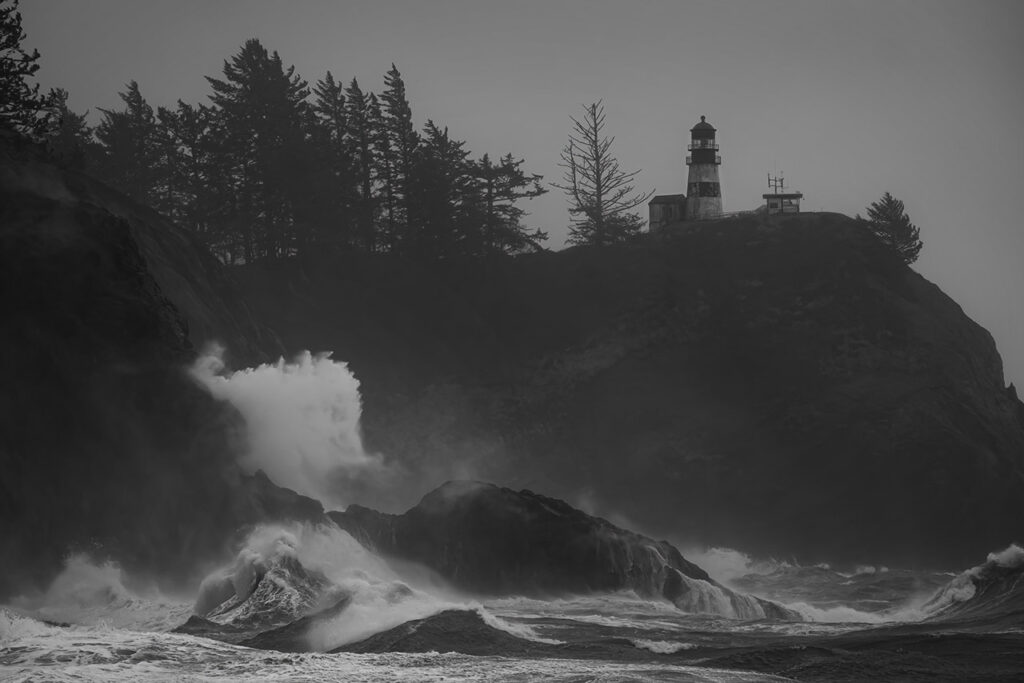
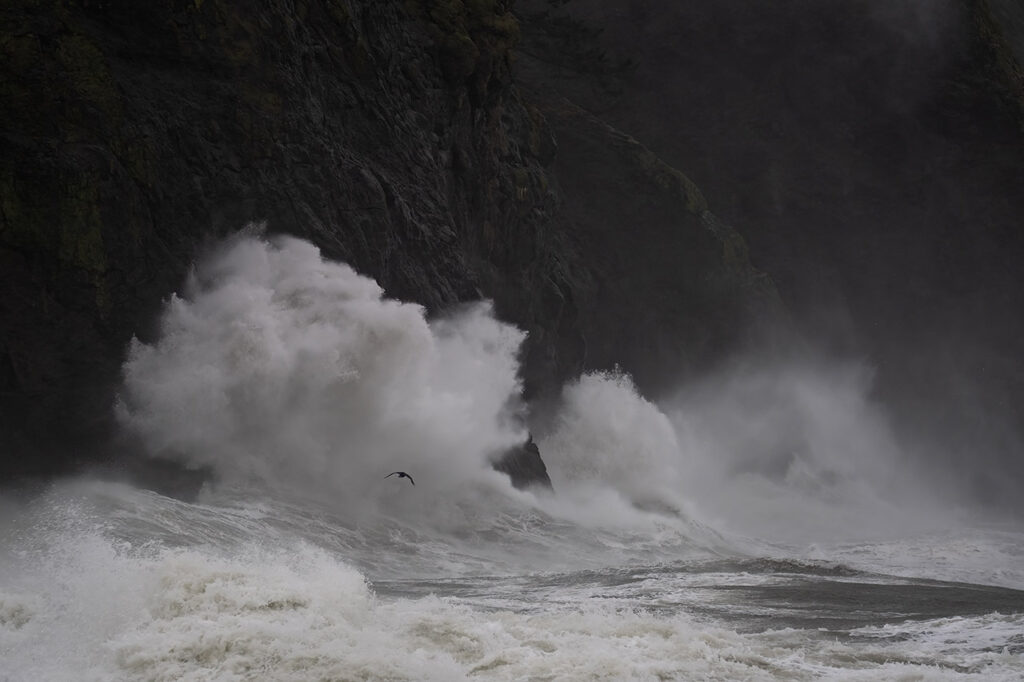
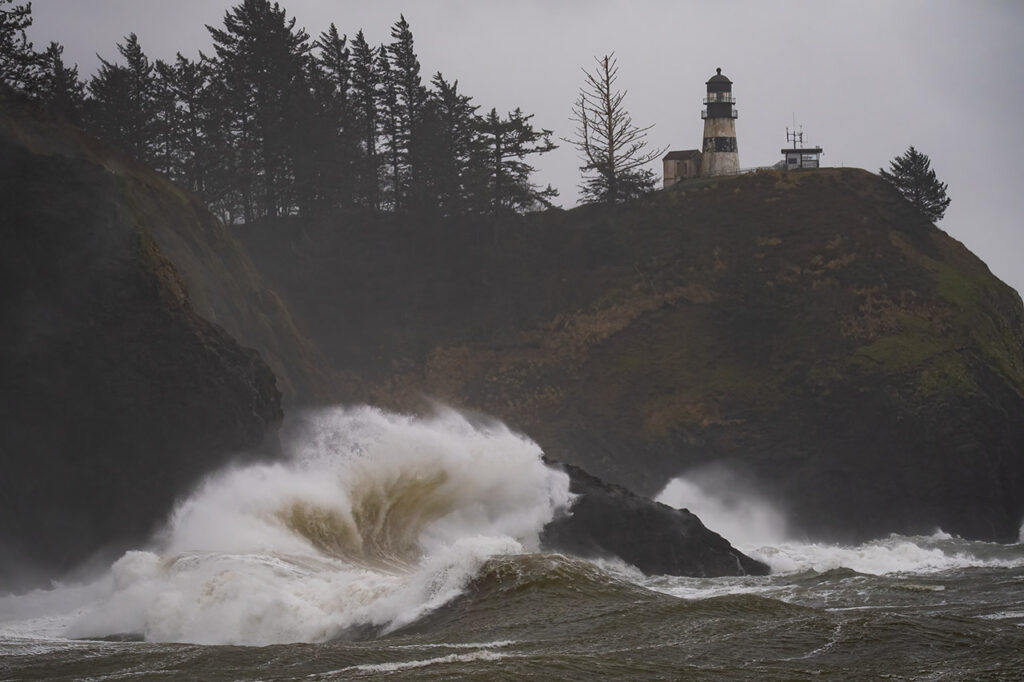
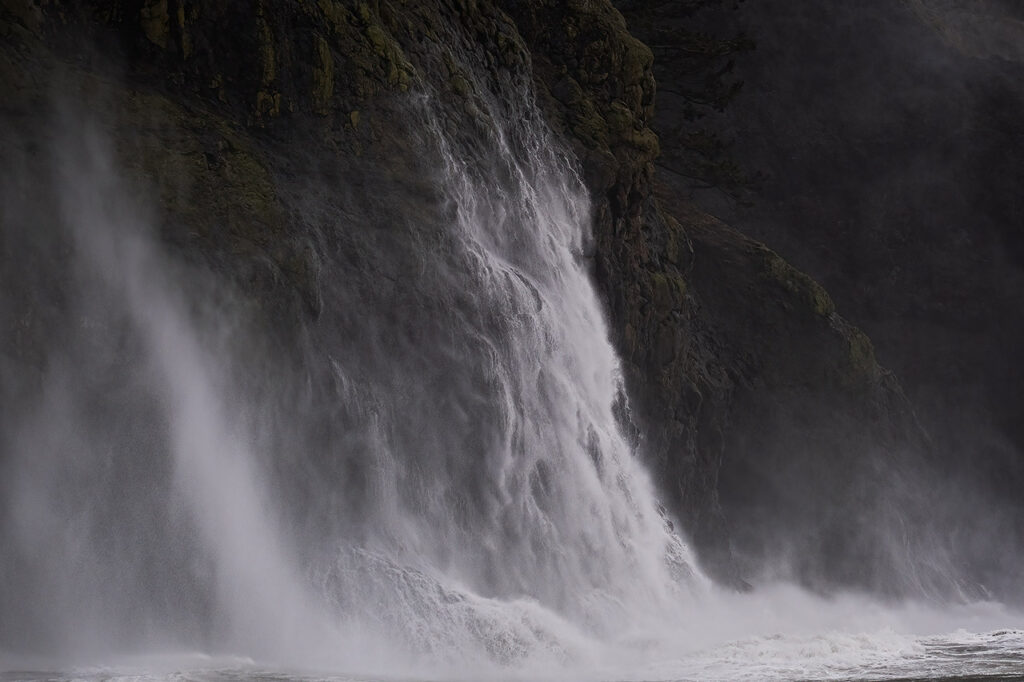
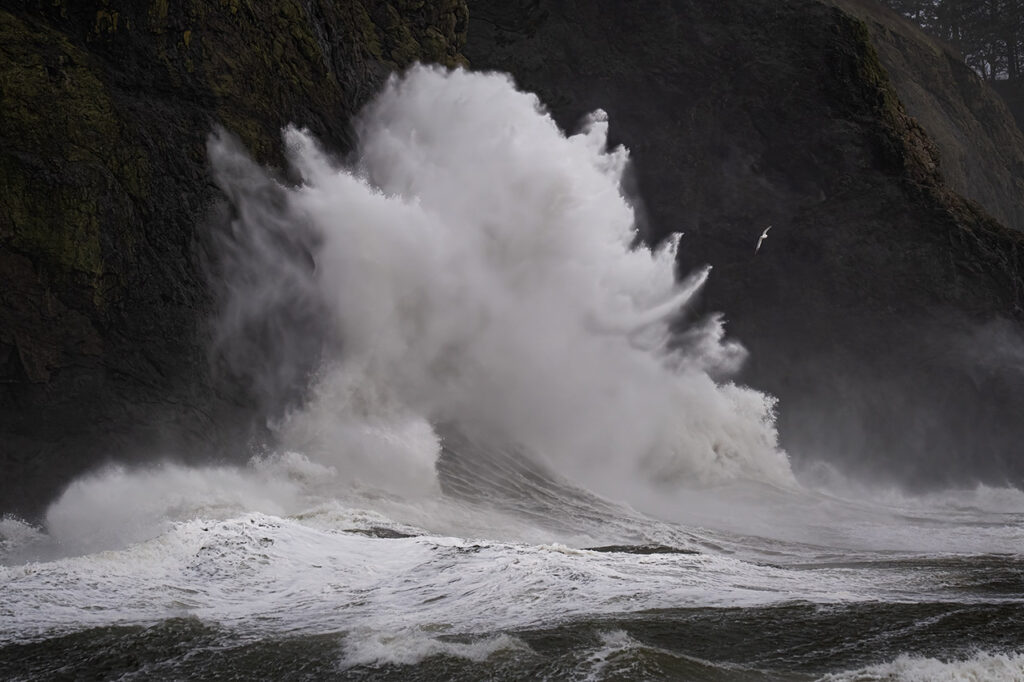


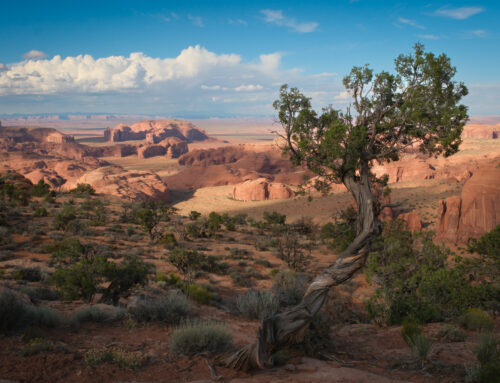
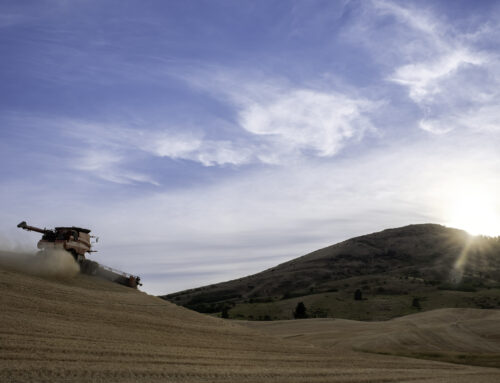
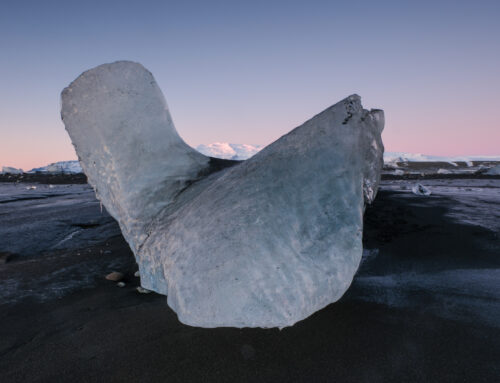
Leave A Comment